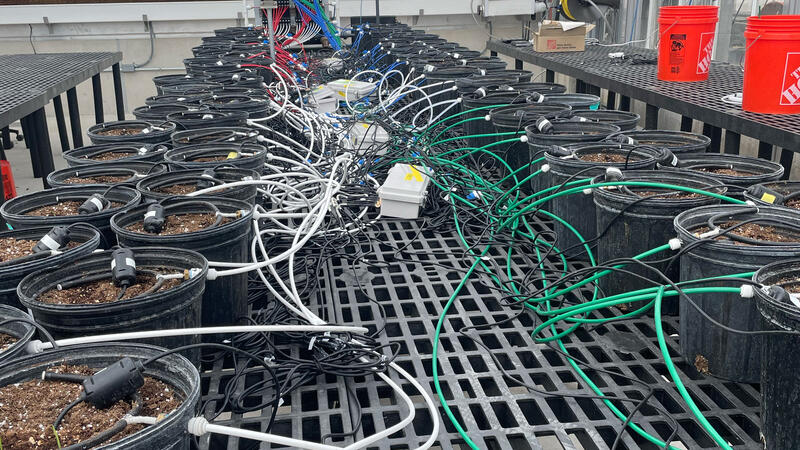News
Timing is everything: How drought affects switchgrass
Michigan State University researcher Acer VanWallendael understands the public’s fascination with fungus. It is, after all, a fungus that kicks off the zombie apocalypse in the hit HBO series “The Last of Us.”
It's a tough job, but someone's got to do it. In this case, the "job" is the breakdown of lignin, the structural biopolymer that gives stems, bark and branches their signature woodiness.
Scientists have long eyed switchgrass as a promising and sustainable source of fuels that can replace gasoline and other petroleum products. New research shows the plant can help slow climate change, but only if grown on the right lands.
Great Lakes Bioenergy Research Center co-investigator Troy Runge has been appointed as the next as the next associate dean for research in the UW–Madison College of Agricultural and Life Sciences.
Among switchgrass’s attractive features are that it’s perennial, low maintenance, and native to many states in the eastern US. But it also has a peculiar behavior working against it that has stymied researchers—at least until now.
The mint family of herbs, which includes sage, rosemary, basil, and even woody plants like teak, offers an invigorating jolt to our senses of smell and taste. Michigan State University researchers have found that these plants have diversified their specialized natural characteristics through the evolution of their chemistry.





